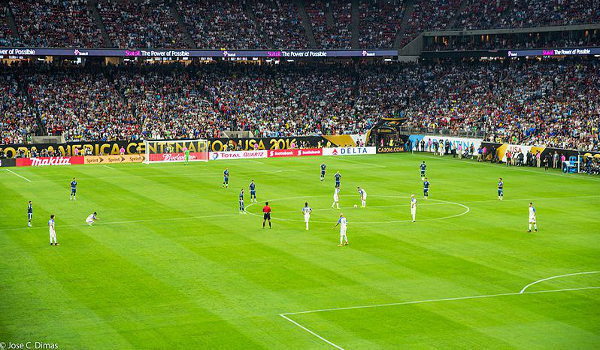Without music there is no dancing. No body movement either. Therefore, dance only occurs when the body performs movements based on a certain rhythm.
The author Bourcier dedicated himself to this theme and presents in his book, “The history of dance in the West”, an overview that extends from prehistory to the present day. According to him, dance appeared as a means of religious expression for primitive men, a conclusion suggested by five cave paintings found in archeological sites. The hypothesis presented by Bourcier is that the first rhythms would have arisen from percussions, and that from these rhythms, the human body itself started to move in a rhythmic way. Since then, dance has crossed generations, and divisions and subdivisions have been created within this practice. The only exception is due to the Middle Ages: it is known that this was the time when the Catholic Church most exerted power over Western Europe. Street dances and popular religious practices were abolished, granting only the court the right to dance at noble parties. It should be remembered that court dances were danced with almost no bodily touch (which represented the sin and therefore was against the principles of the Church), and when the touch occurred, it was overlaid with gloves.
After the medieval corporal repression, dances and other corporal practices returned to the scene in Europe. Ballets were assembled, whose stars were always women. There were also men in the presentations, but they didn't dance much, as they had only two functions: be beautiful, to make the presentation more attractive, and strong, supporting to hold dancers. The characterization of classical ballet was (and still maintains its tradition) aimed at a rigidity of the body marked by the posture, the tip of the toes, the movements in the form of "arrow": all quite extended. The 20th century brought innovations, presenting a way of dancing that broke with the rigidity of ballet: modern dance. This dance is marked by body flexibility, feet often bare on the floor and body expressiveness.
Do not stop now... There's more after the advertising ;)
We talk about the more classical dances, but there are other types of dances that are, perhaps, more important than these, since they are part of our history, tell who we are: the dances folk songs. These dances are specific to each location and, even when the same dance is performed in different places, they have their specificities that vary between regions. The catira in São Paulo and part of the Southeast, the pau de tapes dance in Santa Catarina and the Cacuriá in Maranhão are examples of folk dances.
Another dance category that is currently gaining media attention is ballroom dancing, which encompasses several different rhythms such as soltinho, tango, forró, samba de gafieira, cha-cha-cha and salsa. The striking feature of this type of dance is that it is always danced in pairs. In this case, the man leads the woman. There is a very common joke among ballroom dancers that says that “a woman is not a bad dancer: she is badly led!”.
In Physical Education classes, dance is usually rejected by many students and even by some teachers. There are many prejudices against this practice, as it is customary to hear “dance is a girl thing”. Will it be? For you to dance at school, you don't need to know steps or have already danced outside of school. On the contrary: the proposal to work dance at school is to break with this idea that dance is a choreography assembled with steps made.
Therefore, what is expected from dance at school is that the body moves in the rhythm of the music and that there is an expression of feelings from the movement itself. And that anyone does: boy or girl.
By Paula Rondinelli
Brazil School Collaborator
Graduated in Physical Education from the São Paulo State University “Júlio de Mesquita Filho” – UNESP
Master in Motricity Sciences from the São Paulo State University “Júlio de Mesquita Filho” – UNESP
Doctoral Student in Integration of Latin America at the University of São Paulo - USP
PE - Brazil School
Would you like to reference this text in a school or academic work? Look:
RONDINELLI, Paula. "Dance: history, rhythm and movement"; Brazil School. Available in: https://brasilescola.uol.com.br/educacao-fisica/danca-historia-ritmo-movimento.htm. Accessed on June 28, 2021.

